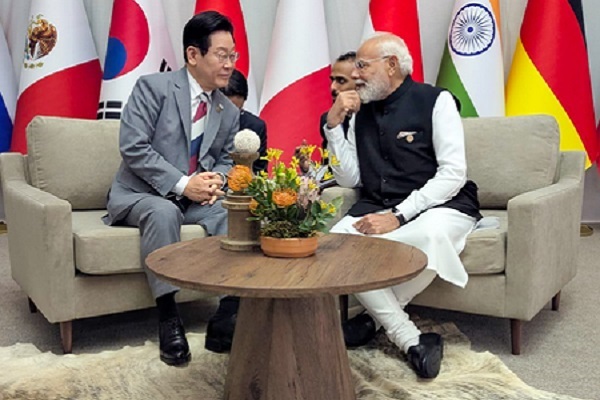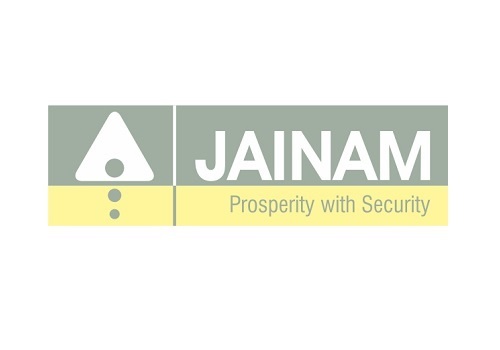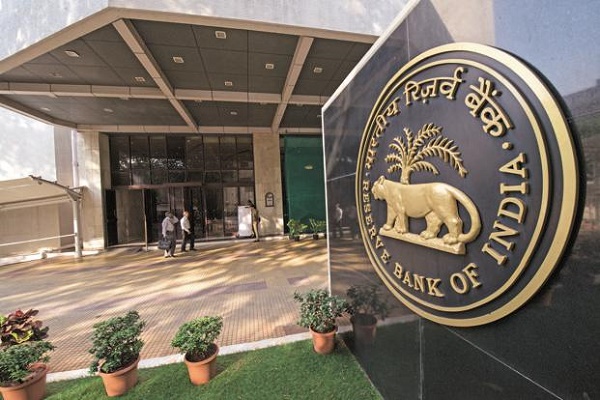Strategy : A pause to the means, not to the ends by Kotak Institutional Equities

The decision of the US government to suspend reciprocal tariffs for most countries (except for China) for 90 days should provide some upside to the Indian market in the short term. However, we do not see any change in the US’s goals, leading to continued large uncertainties for (1) countries (level of tariffs), (2) exporters (new capex and orders) and (3) companies (earnings).
US’s strategic objectives presumably still the same
We would assume that the US government will continue to pursue its stated strategic objectives of (1) a reduction in large trade deficits with other countries (see Exhibit 1) and (2) reshoring of manufacturing and an unstated objective of a weaker US dollar. It has temporarily suspended reciprocal tariffs (see Exhibit 2) for 90 days for all countries (except for China) in order to work out trade deals, although the base tariff of 10% will remain.
Other countries would have to make adjustments to trade, currency
We assume that trade deals between the US and other countries will have to meet the US’s strategic objectives. Thus, the US’s trade partners would have to make adjustments to (1) their exports to and imports from the US to reduce their trade deficits with the US, (2) future investments with more new manufacturing capacity to be allotted to the US, (3) tariff and non-tariff barriers for US exports and (4) their currencies. On the latter, Japan may have to allow for greater appreciation of the JPY, which may also have implications for global capital flows. China seems to be working toward weakening the CNY further. Exhibit 3 shows relative currency movements over a period of time.
Modest positive upside for the Indian market
We see a modest upside for the Indian market since it had held up relatively well in the past few days versus other markets (see Exhibit 4) on (1) a relatively low share of exports in India’s GDP, (2) a high share of profits of defensive sectors/companies and domestic sectors in overall profits of the market and major indices (see Exhibit 5) and (3) the narrative of India being relatively better off in the reciprocal tax regime. The last factor is no longer valid in the short term. Nonetheless, India’s manufacturing progress will likely continue, linked to its ambition and ability to attract investment in manufacturing.
Fair-to-full valuations of the Indian market, the central point
We stay with our cautious stance on the Indian market despite the ‘positive’ development, given (1) the fair-to-full-to-frothy valuations of most sectors and stocks (see Exhibits 6-13) and (2) the continued uncertainties on the reciprocal tariff issue. The export-oriented sectors will likely see a rebound in stock prices with the worst-case scenarios being off the table for now. However, the IT services sector’s customers will struggle to take major spending decisions in the uncertain environment while the pharmaceuticals sector would still have to deal with the forthcoming tariffs. The automobile sector has to contend with the 25% import tariff imposed separately by the US on imports.
Keep an eye on retail behavior in light of diminishing trailing returns
It would be interesting to see if the diminishing trailing returns of the Indian market would have a bearing on the investment behavior of retail investors or not. They have been price-agnostic investors for most of the past 3-4 years, emboldened by (1) the high returns from the market for a period of time and (2) tempted by expectations of high returns, based on the experience over FY2021-24. In reality, market returns even over three years (see Exhibits 14-18 for returns of various parts of the market over time) are nowhere close to expected returns of retail investors (easily north of 15%). In fact, actual returns of most retail investors would be far lower than index returns given (1) the timing of investment; almost half of the money into mutual funds has come in CY2024 alone and (2) the choice of sectors and themes of investment; a decent chunk of money has gone into sectoral and thematic funds at the peak of those sectors and themes (see Exhibit 19).
In our view, institutional investors have (1) found a great deal of comfort in the price-agnostic investment of retail investors directly and indirectly into the Indian market (see Exhibits 20-21 for retail flows) based on their inordinate focus on flows and (2) possibly molded their valuation frameworks to adjust to the price-insensitive investment behavior of the retail investors. We believe this may have led to institutional investors (1) taking a far more expansive view on valuations and (2) possibly ignoring growing global geopolitical and macroeconomic risks and domestic sector- and company-specific risks. This investment approach may be tested.
Above views are of the author and not of the website kindly read disclaimer







_Securities_(600x400).jpg)















